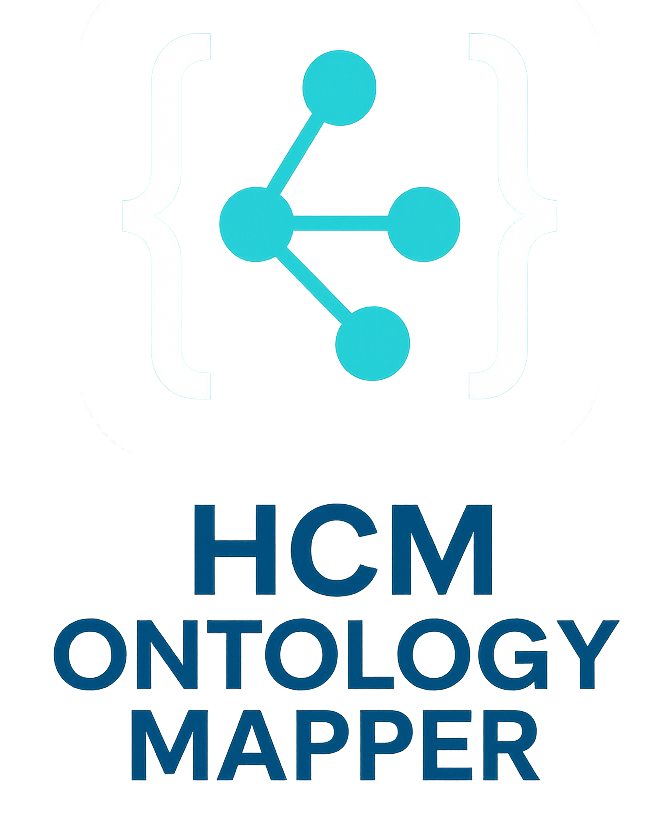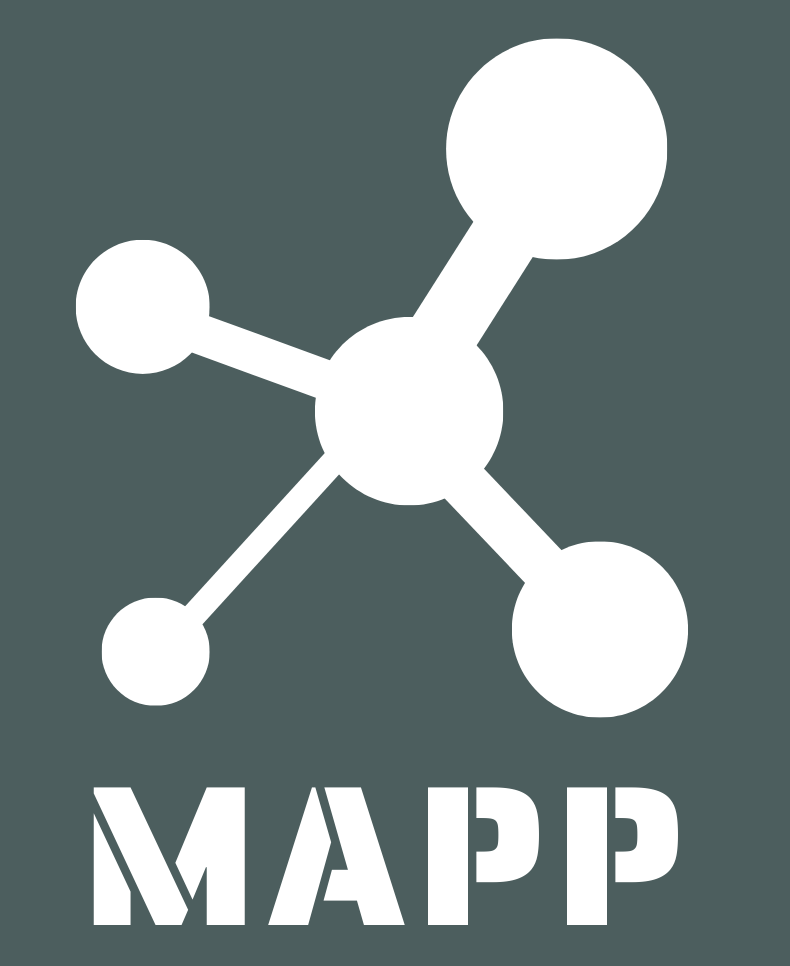FAIRRR 1/5 — The Metadata Gap Is an Ethics Gap
This article is part of the FAIRRR series: 1 · 2 · 3 · 4 · 5
This is Post 1 of 5 in the FAIRRR series. Next: FAIRRR, Explained—From Principles to Measurable Outcomes
The hidden cost of “good enough” metadata
Most labs still rely on scattered spreadsheets, email attachments, and post‑hoc documentation. The result is irreproducible work, duplicated experiments, and animals used without maximizing knowledge gain. That isn’t just a technical problem—it’s an ethics problem.
FAIRRR reframes metadata management as a scientific and ethical responsibility: data should be Findable, Accessible, Interoperable, and Reusable—and the way we manage it should honor the 3Rs (Replacement, Reduction, Refinement) while enabling innovative, reproducible, and responsible research.
From FAIR to FAIRRR
- FAIR makes data usable beyond a single lab or study.
- FAIRRR adds explicit responsibility for animal welfare and scientific rigor.
- The link: better metadata enables fewer repeated studies, more reuse, and clearer evidence for humane alternatives.
Where reproducibility actually breaks
- Planning: no shared identifiers for protocols, animals, devices, reagents.
- Capture: context is lost (who/what/when/where/how), especially deviations.
- Lineage: data aren’t linked to analysis versions and parameters.
- Sharing: metadata are added at publication—too late for quality or reuse.
A simple lifecycle you can manage
Plan → Capture → Link → Publish → Reuse.
- Plan: define minimal descriptors and identifiers (ARRIVE‑aligned).
- Capture: log procedures, animals, devices, behaviors as you go.
- Link: connect to pipelines and provenance (inputs, versions, outputs).
- Publish: export a reusable package with licenses and ontology terms.
- Reuse: enable cross‑study joins and meta‑analysis.
How MAPP operationalizes FAIRRR
MAPP is an API‑first platform for preclinical metadata. It standardizes capture (procedures, animals, devices, behaviors), enforces identifiers and ontologies, links analyses, and exports structured, machine‑readable packages. In short, it turns scattered records into shareable, computable context.
What that means ethically:
- Replacement: discover suitable alternatives faster via findable, comparable studies.
- Reduction: avoid duplication; enable pooled analyses and cross‑study reuse.
- Refinement: expose protocol context and deviations to improve quality and welfare.
See also
- Background: Unlocking Reproducibility: Why Metadata Management is the Future of Preclinical Research
- Related: The Mouse Behavior Ontology (MBO) as a Unified Language
Series navigation: Next → FAIRRR, Explained—From Principles to Measurable Outcomes



